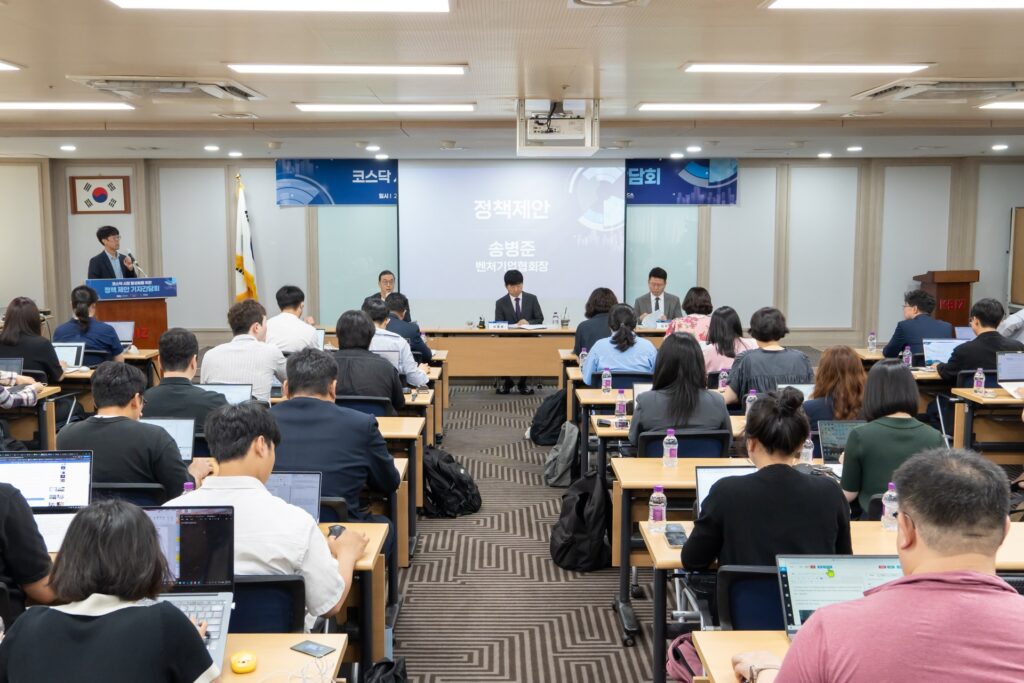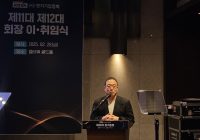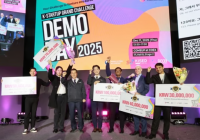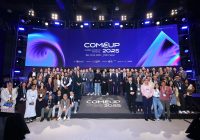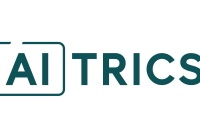South Korea’s venture business sector is calling for fundamental reforms to the KOSDAQ market, advocating for a “flexible entry, strict exit” approach to revitalize the country’s tech-heavy stock exchange.
Song Byung-jun, chairman of the Korea Venture Business Association, emphasized during a policy proposal press conference held in Yeouido on Wednesday that KOSDAQ listing reviews should shift toward qualitative assessments focused on growth potential, while establishing clear delisting requirements to enhance market autonomy and credibility.
“We need a structural transformation with flexible entry and strict exit policies,” Song stated, explaining that reforming delisting systems and activating corporate restructuring would create a more dynamic market environment.
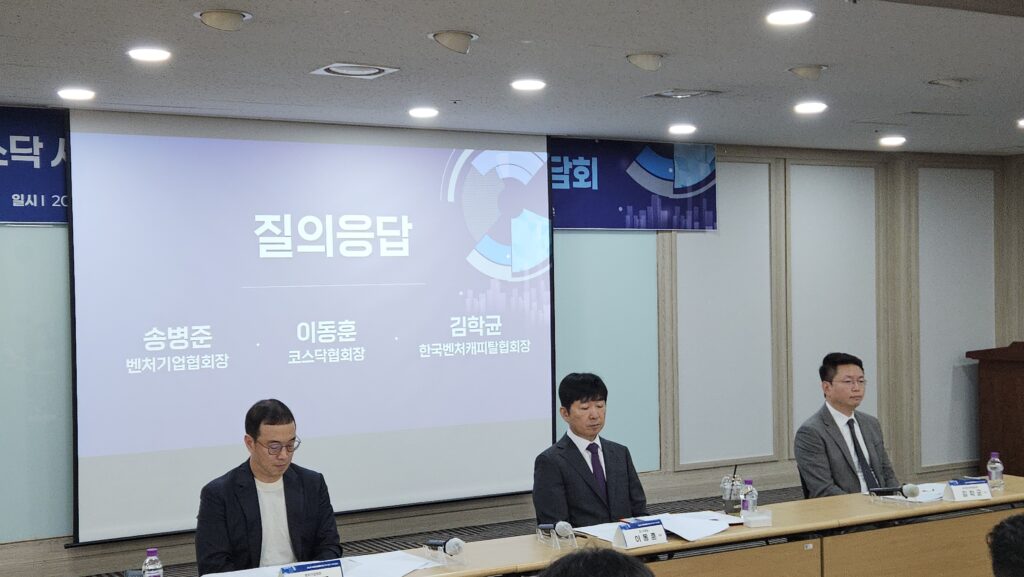
The press conference was jointly organized by three major associations: the Korea Venture Business Association, KOSDAQ Association, and Korea Venture Capital Association. The event was designed to deliver key policy proposals to the government and market participants, aimed at opening a “KOSDAQ 3,000 era” alongside the government’s declared vision of a “KOSPI 5,000 era.”
The policy proposals centered on three main pillars: establishing clear KOSDAQ operational principles, strengthening liquidity supply, and presenting a comprehensive government policy vision to restore market vitality.
Lee Dong-hoon, chairman of the KOSDAQ Association, highlighted the critical need for increased institutional investment and expanded incentives for long-term investors. He identified the lack of institutional participation, particularly from the National Pension Service, as the market’s most significant challenge.
“Major institutional investors, including the National Pension Service, have maintained a passive stance toward the KOSDAQ market, resulting in increased market volatility and insufficient introduction of long-term stable capital,” Lee explained.
To address this issue, Lee proposed legislating strategic asset allocation that would gradually expand the National Pension Service’s KOSDAQ investment ratio to 3%. This initiative could potentially channel approximately 37 trillion won ($28 billion) in long-term stable capital into the KOSDAQ market.
Lee also suggested preferential solvency ratio treatments for insurance companies and other institutional investors in KOSDAQ investments, along with tax benefits to encourage individual long-term investment, including further reductions in dividend income tax rate.
Kim Hak-kyun, chairman of the Korea Venture Capital Association, presented proposals for introducing KOSDAQ revitalization funds to create a virtuous cycle in the venture investment ecosystem. He emphasized the need to expand startup policies to include the recovery sector and extend the venture powerhouse paradigm to encompass KOSDAQ companies.
“For a virtuous cycle structure in the startup ecosystem that connects entrepreneurship, investment recovery, and reinvestment, we need to understand startup policies extending to the recovery area,” Kim stated.
Kim proposed establishing a 10 trillion won fund—equivalent to approximately 10% of KOSDAQ’s total market capitalization—with participation from the government, policy institutions, pension funds, and private financial institutions. Over three years, this would inject a total of 30 trillion won in long-term capital into the KOSDAQ market through various investment channels, including existing shares, public offerings, and new share investments.
